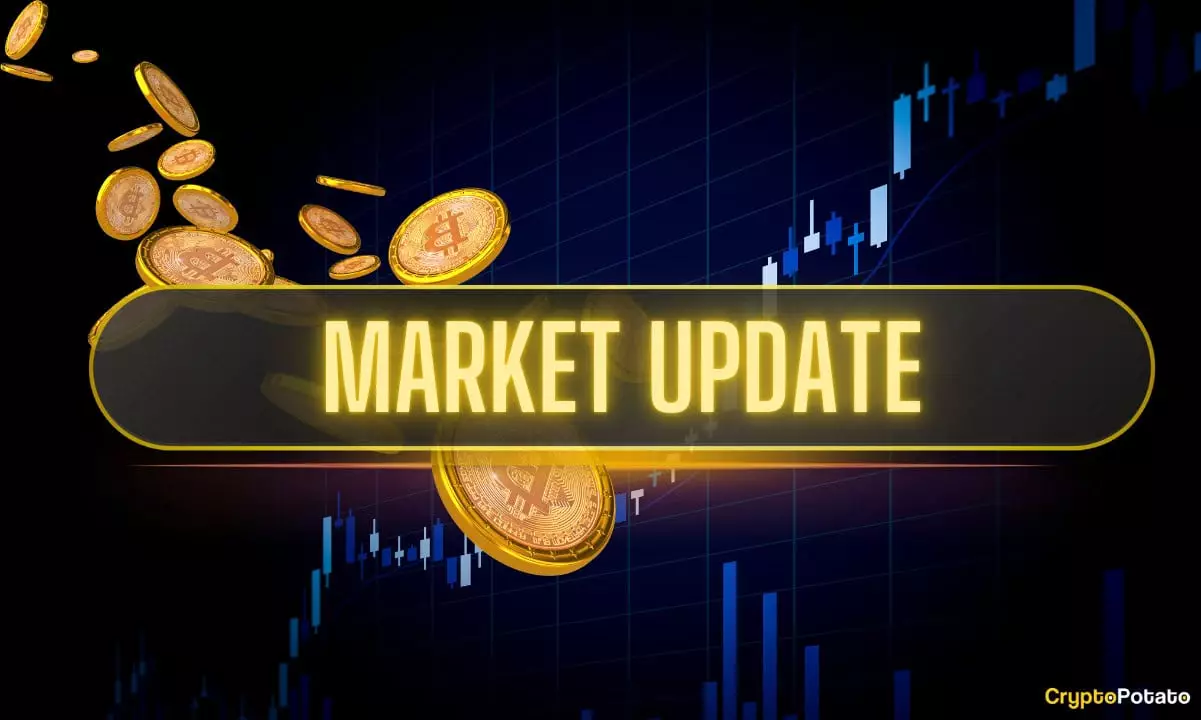The recent turbulence in the cryptocurrency market has vividly demonstrated that Bitcoin is not the speculative fad many critics have historically portrayed it to be. While the broader financial markets also faced instability—spurred by volatile geopolitical events—Bitcoin’s relative stability amid these shocks is telling. The flare-up between Iran and Israel, culminating in a high-stakes U.S. intervention, rocked more than just oil prices or tech stocks. The ripple effect sloshed through crypto markets, with Bitcoin briefly dipping below $100,000, a psychological threshold it had robustly held for weeks. However, what is remarkable is not the dip itself, but the swift rebound later that week. Such rapid recovery underlines Bitcoin’s increasing role as a digital safe haven, albeit far from perfect. The initial sell-off reflected triggered liquidations and panic from newer holders, but veteran investors held fast, underscoring Bitcoin’s maturing market dynamics.
Bitcoin’s Dominance Amid Altcoin Weakness: A Double-Edged Sword
One of the more overlooked aspects of this recent upheaval is the stark divergence between Bitcoin and altcoins. Whereas Bitcoin managed to regain its footing and hover near $107,000, many altcoins sustained substantial losses—some plunging between 4% and 10%. This reaffirmation of Bitcoin’s dominance (currently over 62% market share) is a double-edged sword for the crypto ecosystem. On one hand, it signals confidence in the most established asset; on the other, it exposes the fragility of altcoins, which remain vulnerable to volatility and regulatory headwinds. Bitcoin’s growing hegemony may ironically stifle innovation if capital keeps consolidating into just a few prominent tokens. Yet, this dynamic also reflects a maturing investment approach where investors prioritize liquidity and resilience over speculative hype.
Institutional Adoption: Chainlink and Mastercard Show What Real Progress Looks Like
While geopolitical drama grabbed headlines, a quieter revolution unfolded behind the scenes. Chainlink’s recent partnership with Mastercard — enabling 3 billion cardholders worldwide to purchase cryptocurrencies — represents a watershed moment in adoption. This development shouldn’t be underestimated. Mass integration into established payment networks sends a powerful message that the crypto world is moving beyond a niche hobbyist phase into mainstream financial infrastructure. Such collaborations will likely accelerate user acquisition, helping to normalize crypto ownership and transactions for everyday people. This institutional embrace also aligns with a broader center-right economic philosophy that values market-driven innovation and incremental, pragmatic adoption over revolutionary disruption or government overreach.
The SEC-Ripple Saga: A Cautionary Tale of Legal Uncertainty
On the downside, the drawn-out legal battle between the U.S. Securities and Exchange Commission (SEC) and Ripple serves as a painful reminder of crypto’s regulatory limbo. The recent judicial decision to reject an early indicative ruling prolongs the uncertainty, putting XRP holders in limbo. This case epitomizes the bureaucratic sclerosis impeding clearer regulatory frameworks in the U.S. and threatens to stifle innovation. It also fuels the narrative of the U.S. falling behind competing jurisdictions willing to embrace crypto innovation with more regulatory clarity. For investors who favor a center-right approach—championing the rule of law and free markets—the ongoing chaos is counterproductive. Regulators need to offer clear guidelines promptly, not drag high-profile cases into endless limbo, which serves neither justice nor innovation.
On-Chain Metrics Suggest Crypto Rally is Brewing
Behind the scenes, amidst the volatility and shifting headlines, promising signals emerge from crypto’s on-chain metrics. The rising ratio of long-term holders to short-term holders indicates increasing conviction and accumulation. Historically, this trend has presaged significant bull runs, such as Bitcoin’s climbs from $28,000 to $60,000 and from $60,000 to $100,000. Although history may not repeat itself exactly, it often rhymes. The market’s ability to absorb roughly 720,000 Bitcoin sold by mostly new holders without collapsing underscores current investor resilience and suggests that a strong foundation is being laid for future growth. This is a narrative that mainstream investors and policymakers should not ignore.
The Valuation Battle: Circle Surpasses Stablecoin Supply Challenges
Finally, the meteoric rise of Circle, now boasting a $66 billion valuation surpassing its USDC stablecoin supply, speaks volumes about the evolving crypto infrastructure. Post-IPO momentum has positioned Circle as a formidable player trailing only Coinbase in scale and market influence. This evolution is vital for crypto to gain legitimacy in the eyes of skeptical traditionalists. A center-right viewpoint would welcome this corporate maturation, seeing it as an alignment of capitalist incentives with technological progress—where companies succeed by providing stable, reliable, and scalable services rather than speculative gains alone.
—
The cryptocurrency landscape is a complex tapestry of innovation, volatility, politics, and regulation. While challenges remain abundant, the developments of the past week hint at growing maturity and resilience that should be taken seriously by investors and policymakers alike. Bitcoin’s stability during geopolitical crises, coupled with institutional partnerships and promising on-chain data, suggests that crypto’s next chapter will revolve less around hype and more around sustainable adoption and regulatory clarity.

